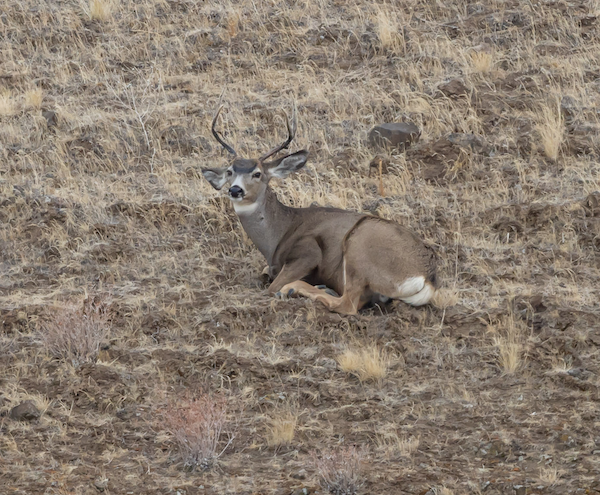
BC Reports First Chronic Wasting Disease Cases
Wildlife managers in British Columbia report that chronic wasting disease has been confirmed in two deer in the Kootenay region, a first for the province.

The always-fatal deer family disease was confirmed in samples from an otherwise apparently healthy mule deer buck harvested by a hunter and a roadkilled whitetail doe.
Both animals are described as having come from south of Cranbrook, which itself is about 50 miles north of a CWD outbreak in Libby, Montana. Provincial authorities are reported to have set up 6-mile-radius response areas around where the deer were.
BC requires deer and elk hunters to submit samples from mule deer and whitetails they kill in a number of units along the Montana and Idaho border in the Kootenay region.
The discovery shows that CWD is continuing its inexorable spread across the Rockies and is closing in on the Northwest’s deer, elk and moose herds.
To deal with an outbreak found in 2021 on the Idaho side of Hells Canyon, state managers will begin year two of a deer cull in the Slate Creek area between Lewiston and Riggins this month.
“While one CWD case was found outside of Unit 14, we believe spread of the disease could have been worse had the management action not been done in Unit 14 last winter,” J.J. Teare, IDFG Clearwater Region supervisor said in an agency press release. “So, we will repeat it this winter.”
Both WDFW and ODFW have significantly increased testing and monitoring for the disease in eastern portions of Washington and Oregon.
Currently, CWD is not known to affect humans, but the potential for spillover is sparking more research.
